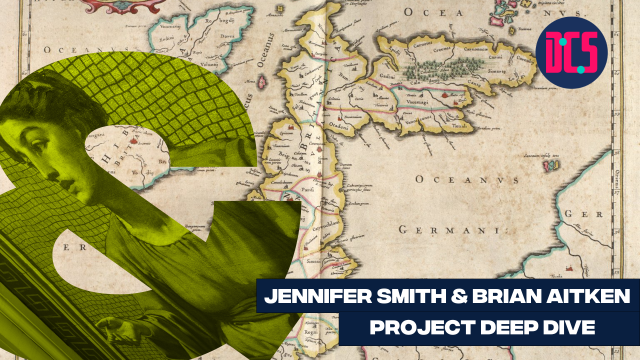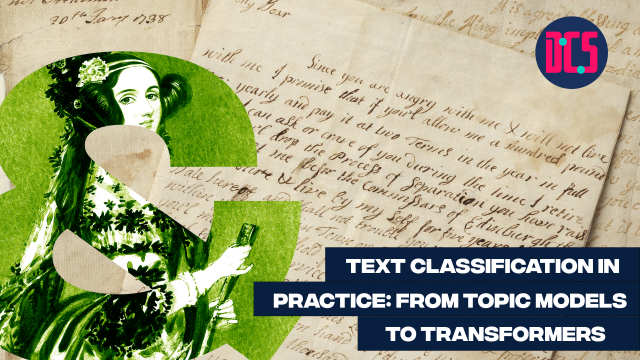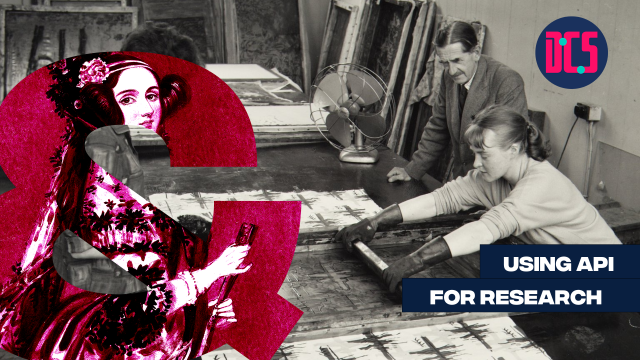Recording 3D Data: LiDAR Scanning Tutorials
This two-part session introduces participants to LiDAR (laser imaging, detection, and ranging) which is a method for surveying 3-dimensionally using distances by targeting an object with a laser and measuring the time for the reflected light to return to the receiver. It has terrestrial, airborne, and mobile applications.
Session 1: 13:00 - 14:00, Monday 12 April
In the first session you will learn how to operate the University of Edinburgh’s BLK360 LiDAR scanners. This session covers set up and data capture.
Session 2: 13:00 - 14:00, Monday 19 April
In the second session you will learn how to convert raw LiDAR scan data into point cloud format for use in a range of post processing and analysis software.
--
Due to high demand for our training events, our cancellation and no-show policy applies to bookings for this event. Click here for details of this policy.
--
This session is part of a series of tutorials on Recording 3D Data held by the Makerspace: find out more about Makerspace.












